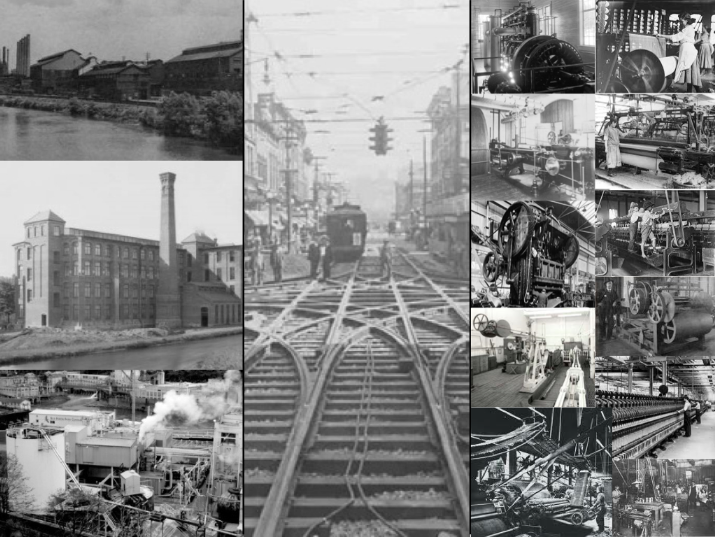The Industrialization of the Internet

The industrialization of the internet is driven by the relentless pursuit of productivity advantages, not quality improvements.
“The digital revolution is probably going to be as important and transformative as the industrial revolution.” — Ryan Avent, The Economist columnist, author of The Wealth of Humans (via The Atlantic).
Web 2.0 was a social revolution: many hands make light work. In stark contrast, the current revolution, powered by artificial intelligence and machine learning, is industrial: the automation of tasks displaces human work. But trite definitions don’t prepare us for change. Whatever you call it, our digital economy is in the midst of profound changes. By placing these changes within the frame of industrial manufacturing, the true values and motivations that underlie them than are illuminated.
This story reads much like the first Industrial Revolution. Artisans and skilled tradesman used to create everything by hand. Then, through the emergence of a handful of technical innovations, came the age of mass production. It was a turning point in human history, affecting every aspect of daily life.


We’re in the midst of another industrial revolution right now. Billions are being spent worldwide on technologies to create the factories and specialized machinery for manufacturing our digital experiences. Railways of public APIs and linked data are being laid to allow these factories to trade and cooperate. And the most productive information services in the world are those early adopters that leverage artificial intelligence at scale.
Today, much of the digital economy is still created by hand, the best of it by highly skilled artisans drawing on centuries of scholarship and experience. We’ve witnessed massive productivity gains in social approaches to content creation, where consumers become active participants in content creation.
Industrialization, however, takes digital manufacturing to an entirely different level. Today, machines are automating the entire digital manufacturing process. Consumers simply express their interests and machines execute the jobs. Think spinning wheels versus textile mills.
As an entrepreneur, I’ve ventured in Web 1.0, 2.0, and now 3.0. When I started my first company in 1996, it took a team of highly skilled artisans weeks, if not months, to create a single website. Today, the artificial intelligence that powers Primal, my current company, automates all the discrete tasks that are rolled into this process — understanding the needs of a target audience and then finding, selecting, describing, organizing, assembling, combining, and calculating content — in seconds, at a fraction of the cost.
Accordingly, we’re measuring orders-of-magnitude productivity gains over human-powered manufacturing.
This time, the Luddites among us won’t break the machines, but they will express skepticism about the quality of the content produced. Are machine-manufactured creations of a lower quality than those created by artisans? Sometimes, just like a mass-produced garment is of a lower quality than one that’s handcrafted. But who can afford handcrafted goods? The right question is whether consumers and producers can complete their tasks faster and cheaper than they can now.
And that’s the crux of this argument: The industrialization of our digital economy is driven by the relentless pursuit of productivity advantages, not quality improvements. Once industrial methods for manufacturing content reach a good-enough quality from the consumer’s perspective, the cost advantages drive widespread adoption among consumers and producers alike.
This isn’t an apocalyptic vision, it’s just business.
Productivity gains are steadily moving us towards consumer-directed, machine-powered digital economy. What many fail to realize is that Web 2.0 is far from the height of this model. In fact, it was only the start. At what point will any consumer be able to push the buttons on the content-creation machines all by themselves? At what point will producers embrace industrial approaches and hand their customers the wheel?
So if not apocalyptic, this is certainly a disruptive transformation. Of course, highly skilled artisans are not going away, nor will their fine, handcrafted content. But demand will be affected, potentially marginalizing aspects of their services.
However, this industrialization brings new opportunities, as well. Professionals may choose to direct their skills to industrial methods, helping technologists design tools and develop innovative ways to include these tools in their services. (There are many disparate fields that may intersect in the development of an automated industrial system, including computer science, library and information science, cognitive science, psychology, interaction design, and many more.)
But of course, if everyone saw this transformation coming, it wouldn’t be disruptive.
